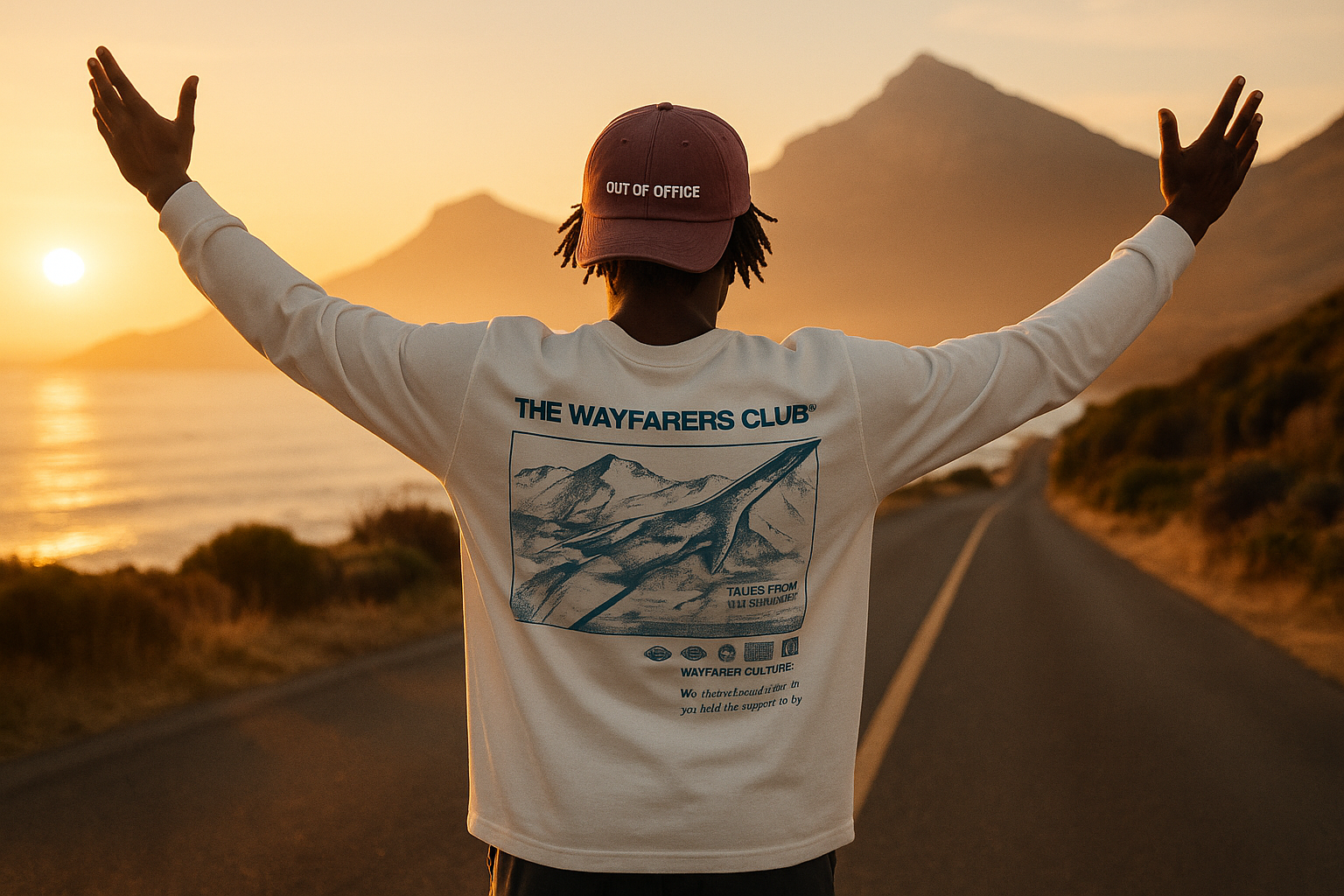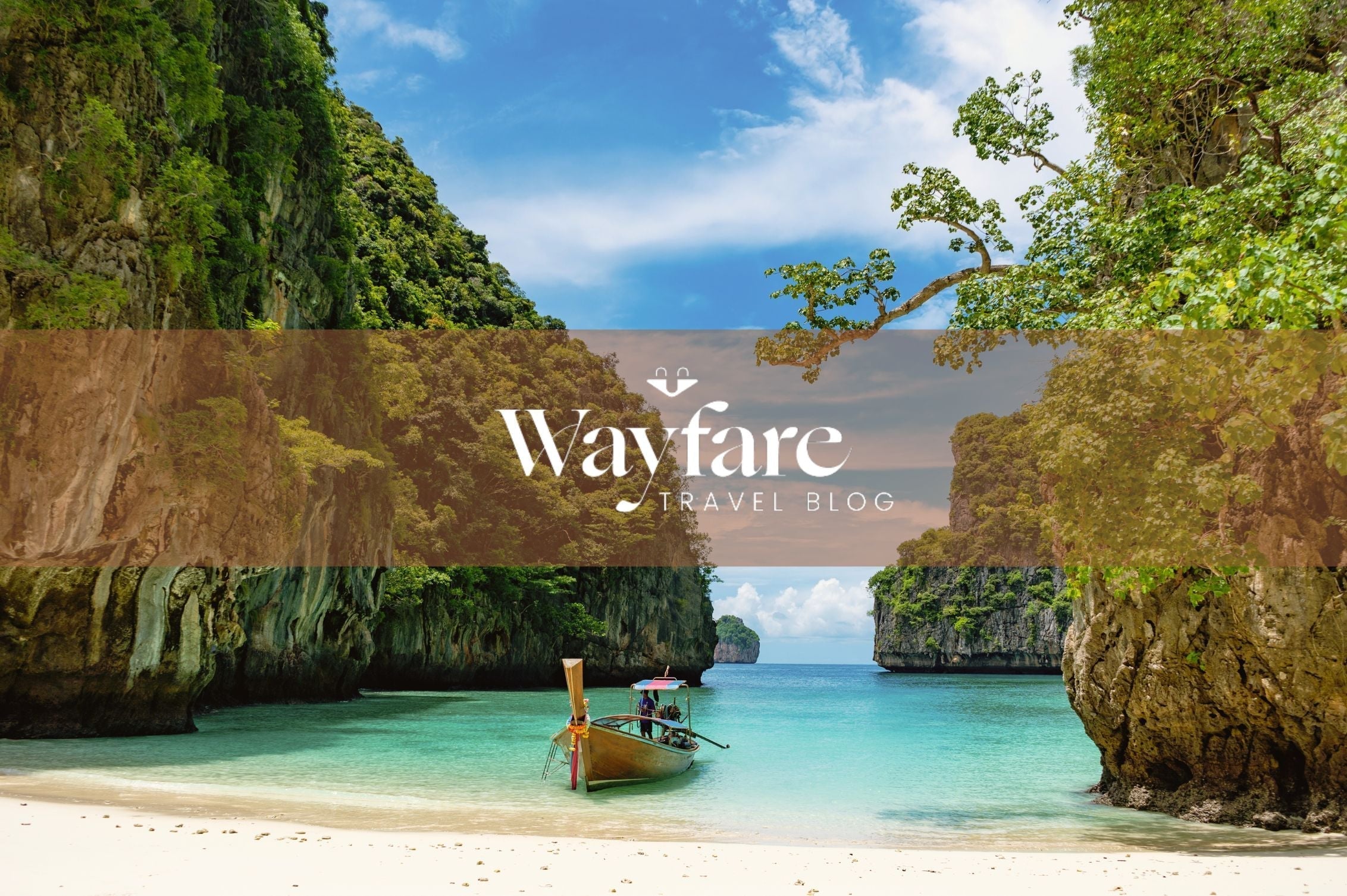A South African Travel Community.
The Wayfarers Club™ is a community for those who believe life is measured not in time, but in passport stamps and in the stories they tell.
Our mission is simple: To build a community for South African travellers to share their journeys, advice and experiences from our unique perspective. A reminder that we travel further when we travel together.
This space is completely free and shaped by those who join it. If you have ideas, stories or suggestions, we’d love to hear from you, it's success relies on community input!
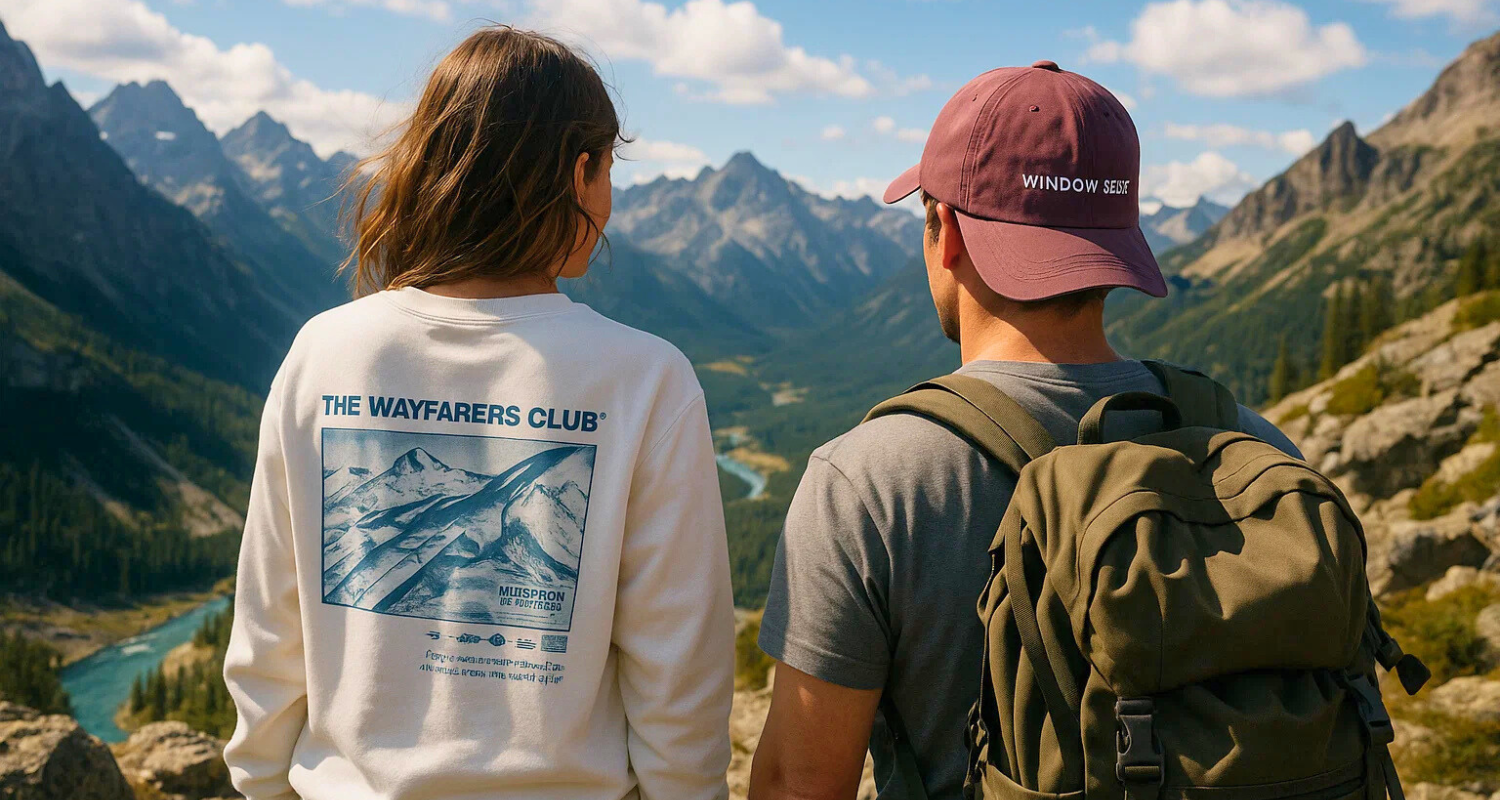
The World’s Waiting, Let's Fill It With
Wayfare Members
Countries to visit
Cities to see
Lives to change
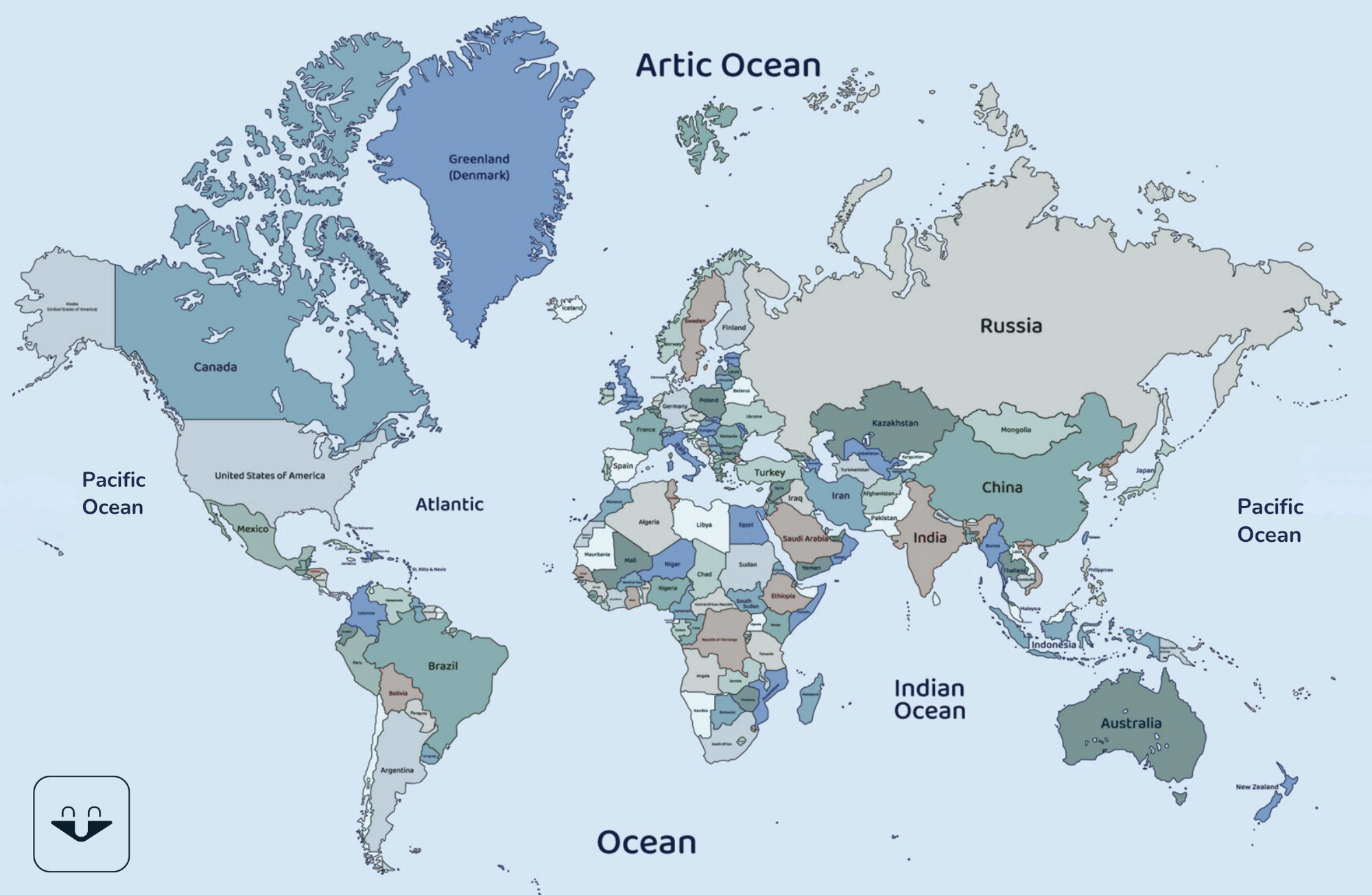
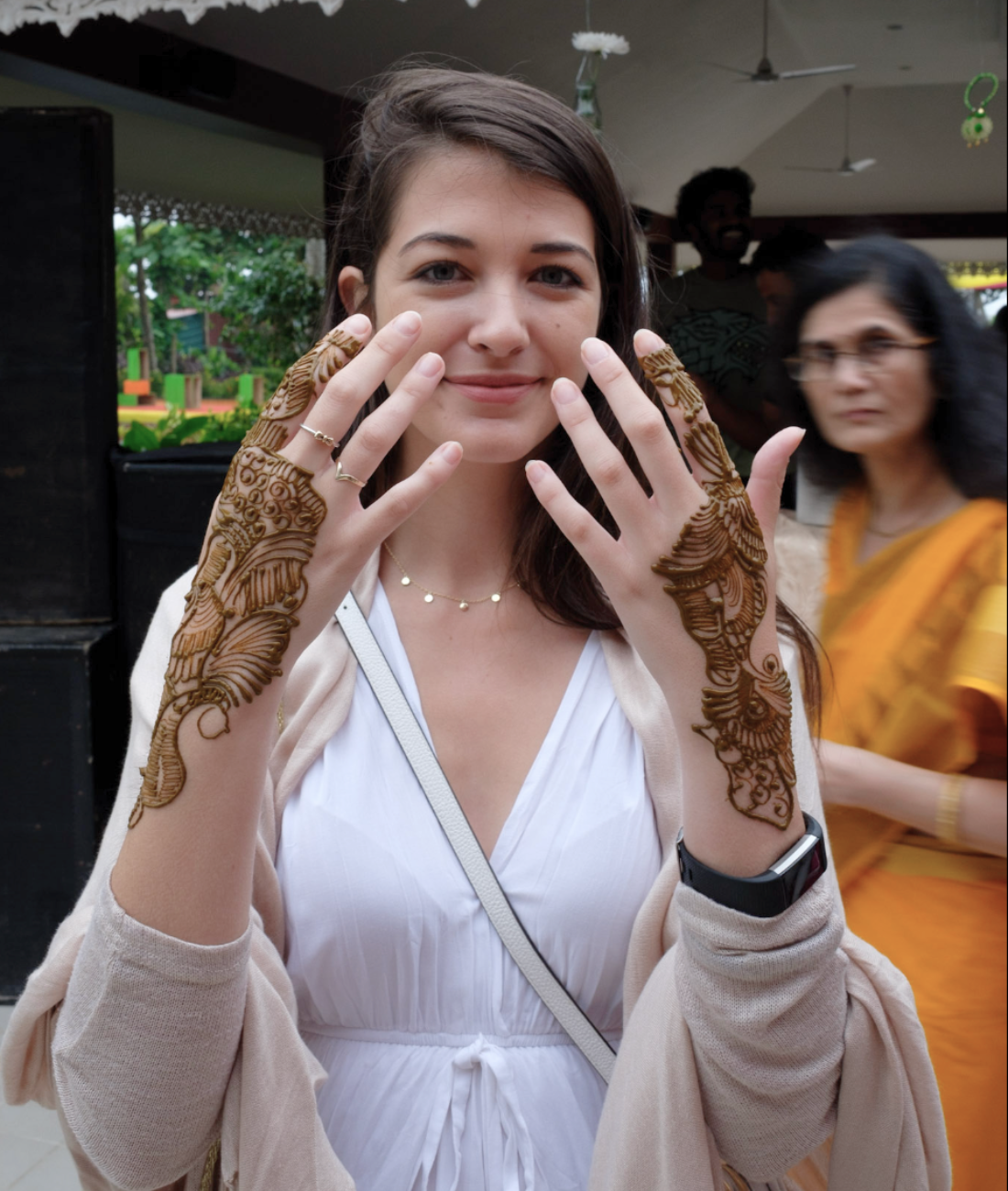
Chey - Goa, India
💸 Affordability For Saffa's:
- India in general is on a par with South Africa. It's a great place to travel on the rand!
🗓️ Days Needed:
- Spend eight days in North Goa — five in Candolim for a relaxed beach escape and three in Panaji for a deeper cultural experience.
🏡 Best Area to Stay:
- Stay in Dando, Candolim at The Marquis Beach Resort, a modern, well-priced hotel set right on the beach.
- In Panaji, base yourself in Fontainhas, the city’s colourful Latin Quarter filled with charming boutique hotels and historic Portuguese architecture.
🚨 Don’t / Overrated:
- Avoid Anjuna, which has lost its original bohemian charm. Today it’s overcrowded, overpriced, and filled with pushy vendors.
🍽️ Best Restaurant:
- In Candolim, book a table at Yazu – Pan Asian Beach Club at the Marquis Beach Resort for incredible food with a view of the sea.
- In Panaji, try Soho – The Capital Bar in Patti Colony, a favourite among locals with great food and atmosphere.
🍻 Best Bar / Café:
- Start your morning in Candolim at Café Chocolatti on Fort Aguada Road — a peaceful garden café serving delicious pancakes, waffles, and baked goods.
- In Panaji, end the night at For the Record – Vinyl Bar in Fontainhas, where creative locals gather over cocktails and an extensive vinyl collection.
🪂 Favourite Activity:
- Visit Fort Aguada Lighthouse early in the morning and explore nearby landmarks like St. Lawrence’s Church to see the mix of Portuguese and Indian heritage.
- Spend the afternoon at a beach shack on Sinquerim Beach, sipping cocktails and watching one of Goa’s signature sunsets.
✈️ Wayfarer’s Note:
North Goa is a vivid blend of Indian energy and Portuguese history — a place where cultures meet, colours collide, and the rhythm of life feels uniquely alive.
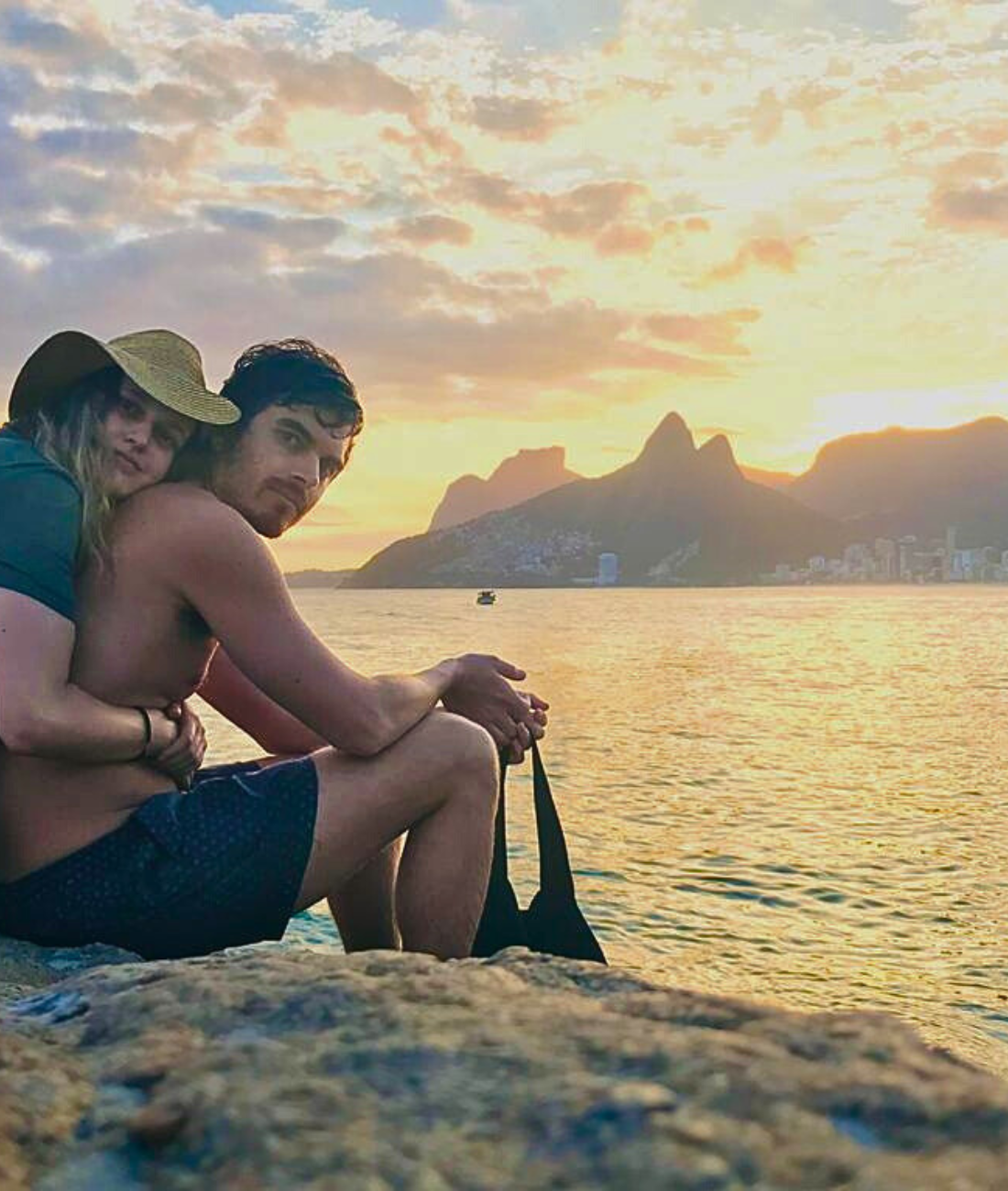
Garth - Rio, Brazil
💸 Affordability For Saffa's:
- Rio is slightly more expensive than SA but nothing alarming.
🗓️ Days Needed:
- Spend 5 days, or more, as you really want to get a feel for the relaxing vibe of the city
🏡 Best Area to Stay:
- Ipanema or Leblon
🚨 Don’t / Overrated:
- Don’t base yourself outside of Ipanema or Leblon. Certainly visit other neighbourhoods but locate yourself here for safety purposes. Copacabana, is walking distance, apart from safer, Ipanema & Leblon are actually better beaches!
🍽️ Best Restaurant:
- La Carioca La Playa, you basically sit in the sand on Ipanema beach, drinking caipirinha's & eating delicious fish.
🍻 Best Bar / Café:
- Armazém Cardosao, a local street cafe with live Brazilian music
🪂 Favourite Activity:
- Head through Vidigal favela on a motorbike and hike the two brothers (“dois irmaos”).
- Watch the sunset over Christ the Redeemer from Flutuante Rio (a floating restaurant in the harbour).
✈️ Wayfarer’s Note:
Rio De Janeiro is a city with a special place in my heart. I got stuck there during covid lockdown and ended up living in the city for four years. The city has a big reputation but you won't be left disappointed.
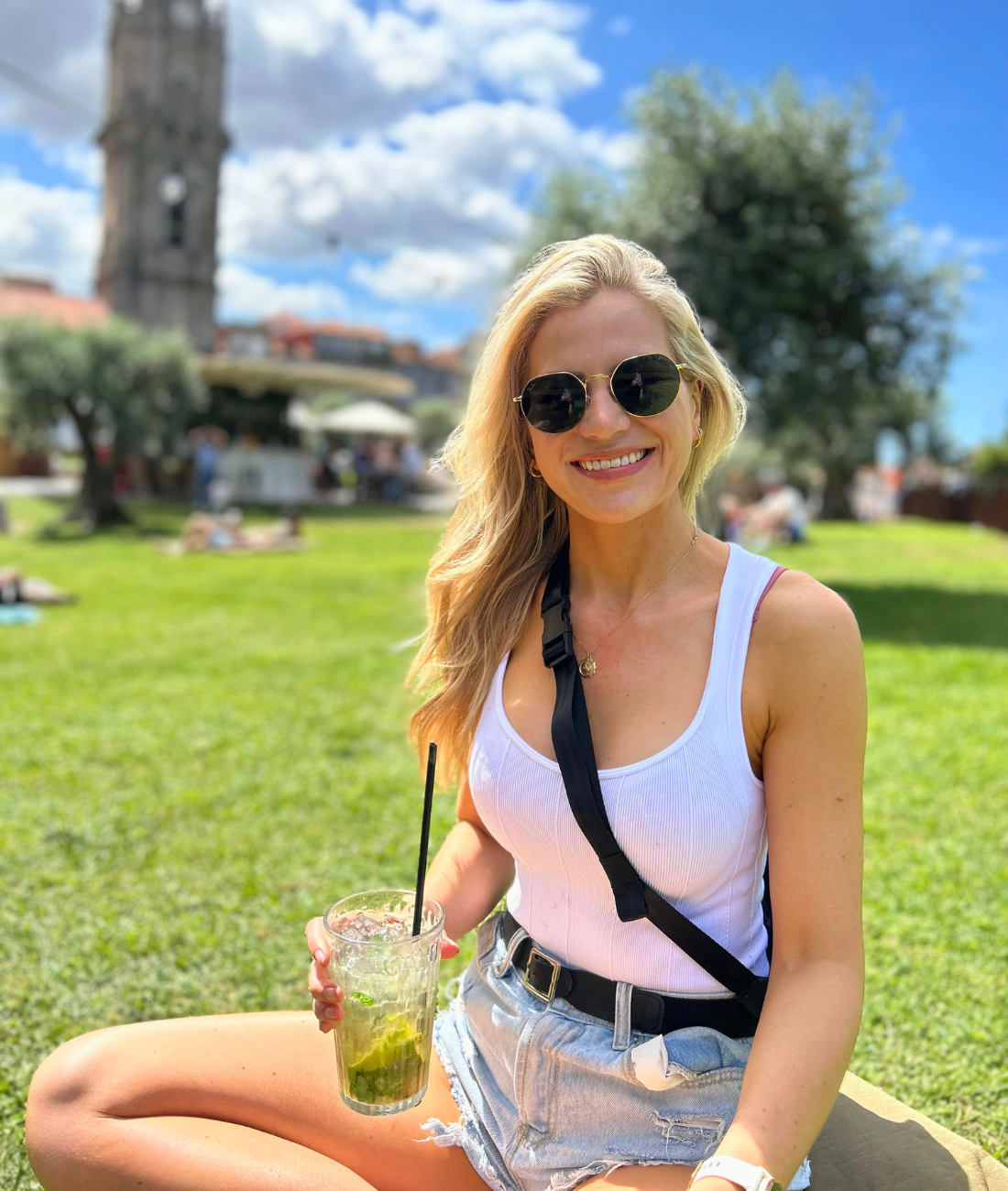
Kelsey - Porto, Portugal
💸 Affordability For Saffa's:
- Slightly more, but probably one of the cheaper European countries to go to.
🗓️ Days Needed:
- 5 Days is enough to explore the city, taste the wine and do a day trip to nearby gems like Douro Valley.
🏡 Best Area to Stay:
- Largo dos Lóios, central, charming streets, easy access to Ribeira and the riverfront.
🚨 Don’t / Overrated:
- The Dom Luís I Bridge at peak sunset, yes it’s great tourist attraction, but it gets incredibly crowded. Better to catch sunrise or just admire from a quieter spot along the river.
🍽️ Best Restaurant:
- Taberna dos Mercadores, tiny, local, authentic Portuguese dishes, excellent seafood with a friendly vibe.
🍻 Best Bar or Café:
- Café Majestic, for a slow morning with a pastel de nata and coffee.
🪂 Favourite Activity:
- A walk along the Ribeira, then a short boat ride on the Douro River, gives a full sense of the city’s heart, colours, and history.
✈️ Wayfarer’s Note:
Porto feels like a secret the world hasn’t quite discovered yet, colourful streets, warm people, and very vibey!
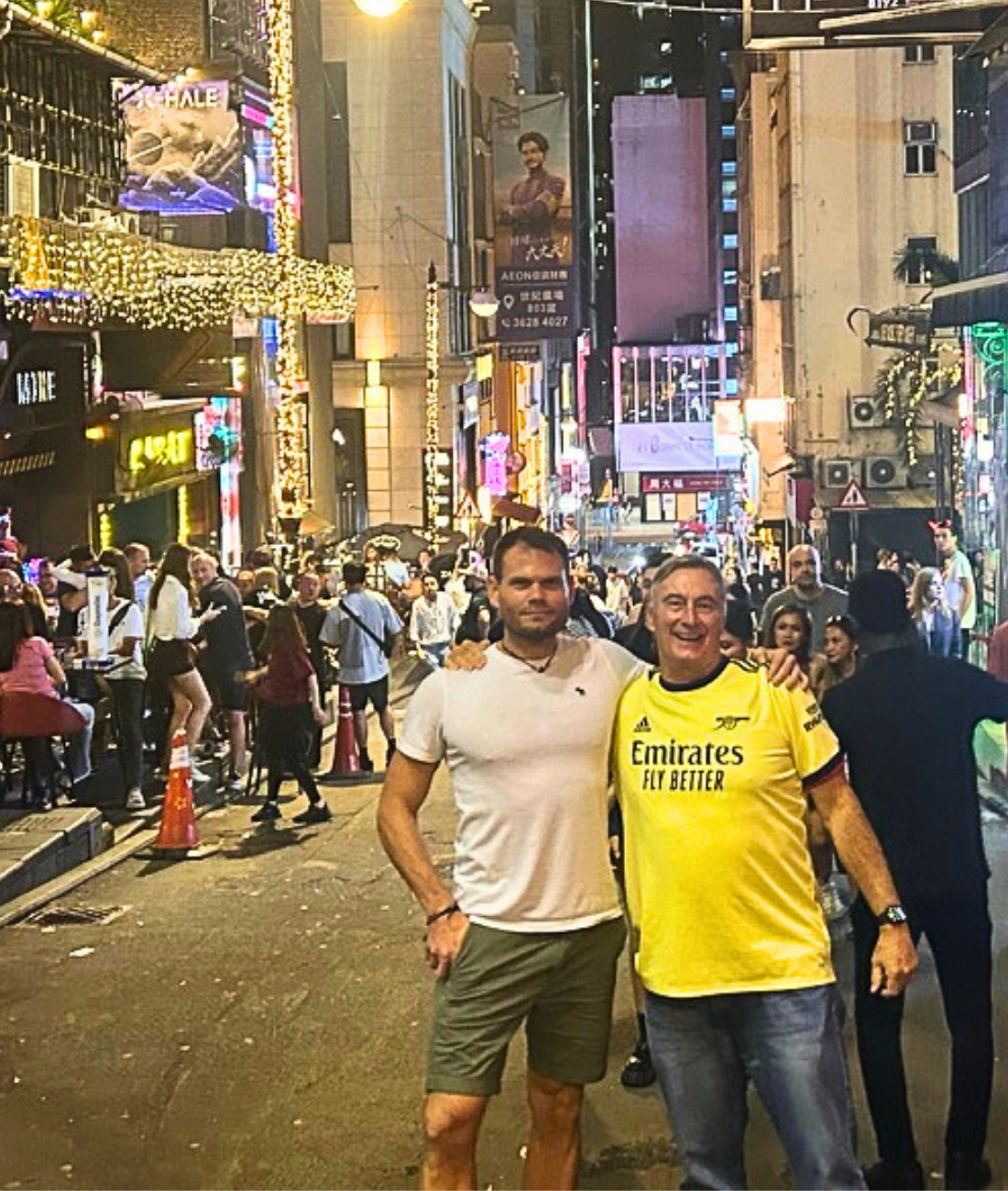
Sean - Hong Kong
💸 Affordability For Saffa's:
- Hong Kong has gotten expensive, you pay easily double (or more) than you do in South Africa.
🗓️ Days Needed:
- 3 Days minimum, 7 if you want to see everything.
🏡 Best Area to Stay:
- YMCA, Harbour View, Wan Chai is a good base. it's central, on the island & close to the ferry & subway.
🚨 Don’t / Overrated:
- Victoria Peak, it's over crowed, tram waits are long.
🍽️ Best Restaurant:
- Temple Street Night Market, is a great place to try different foods.
🍻 Best Bar or Café:
- Churchill's Bar, Wan Chai, it's a bit divey, but the staff are friendly, the street has a vibe & it's a good place to watch sport.
🪂 Favourite Activity:
- Day trip to Cheung Chau, a laid back island very different to the city.
✈️ Wayfarer’s Note:
Hong Kong has changed a lot in recent years, once famous streets like Wan Chai & Lan Kwai Fong may have lost their charm, but it's still a city full of energy & places to explore.
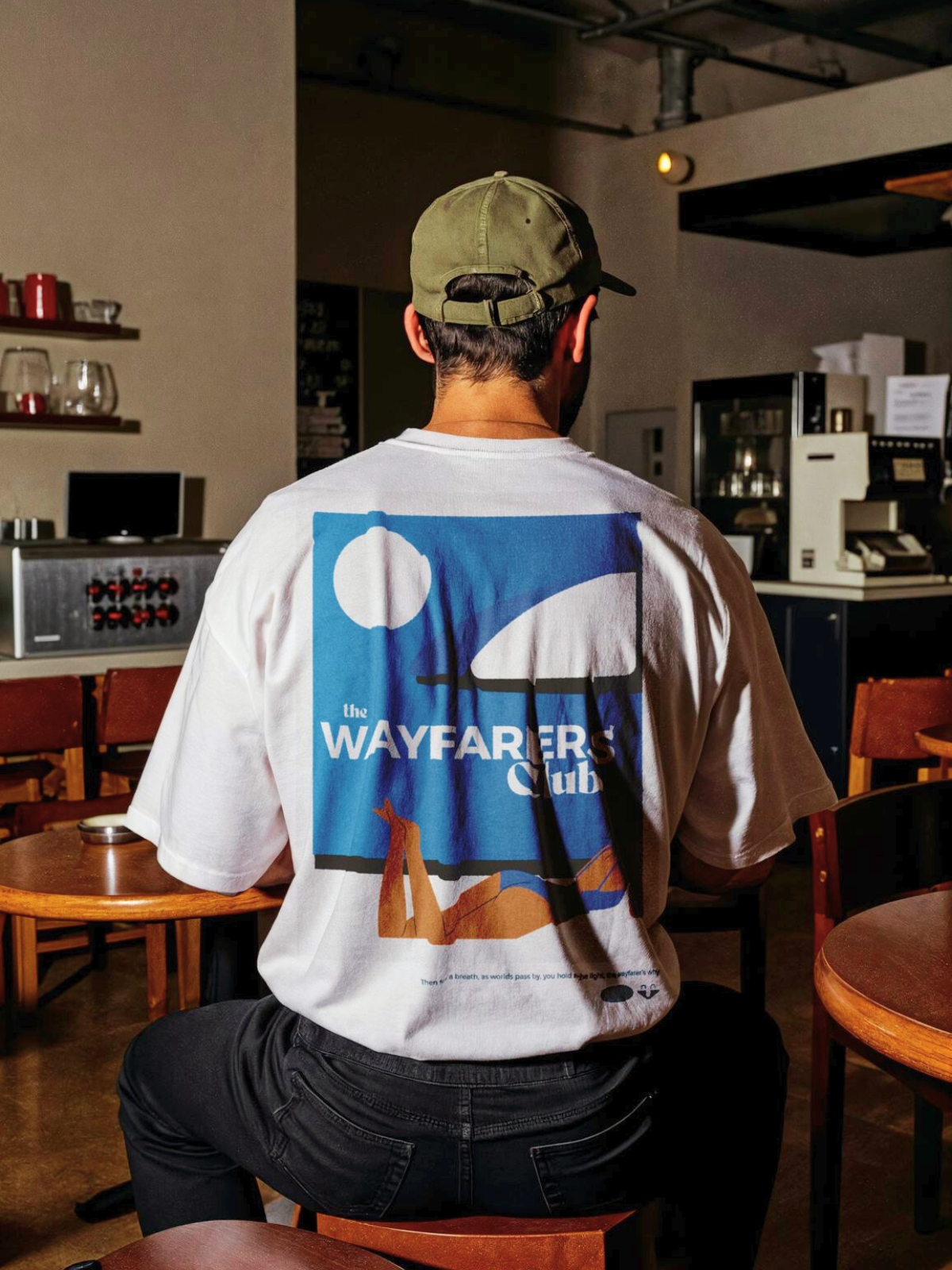
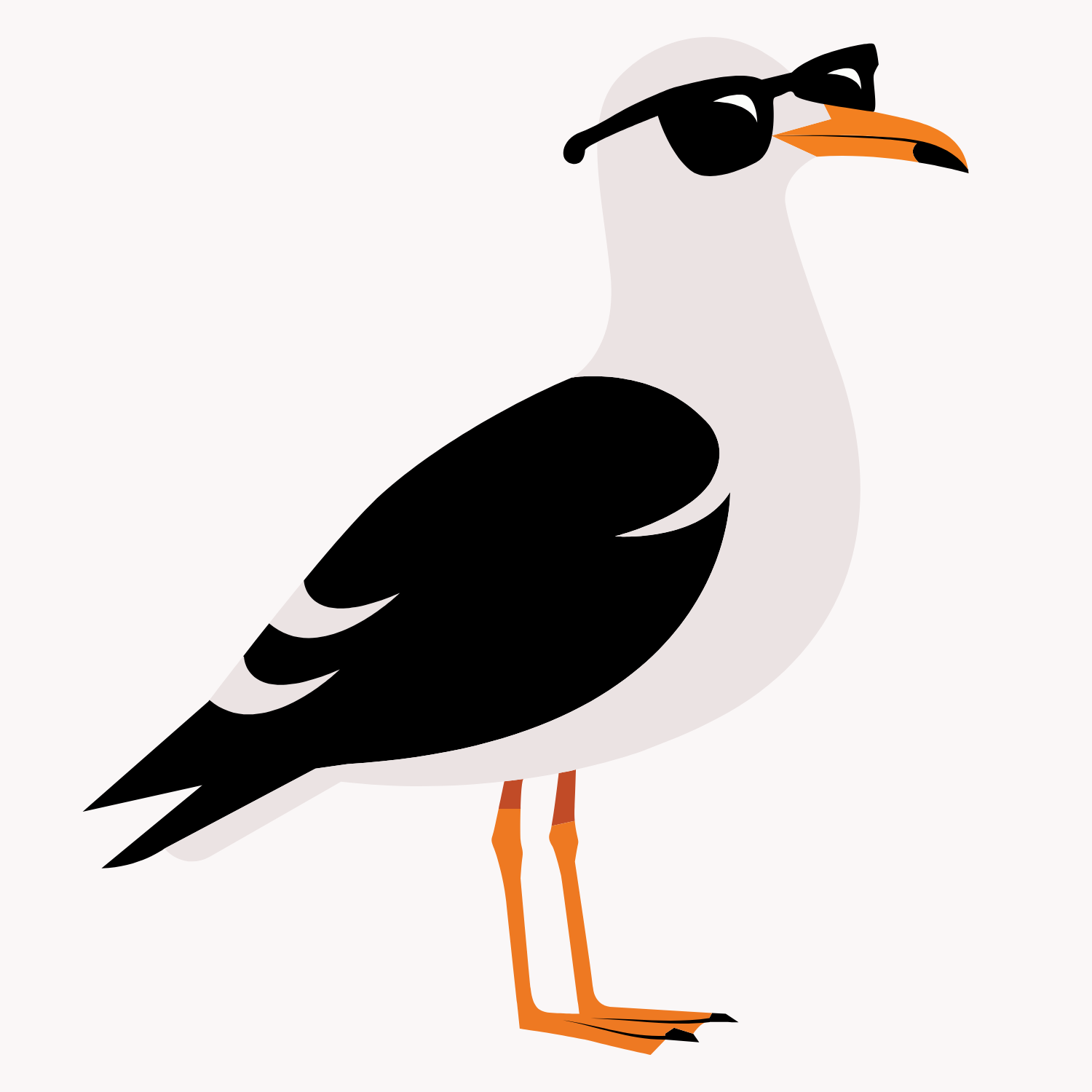
Join the Wayfarers Club™
This isn’t a Wayfare Culture sales email list, It’ solely s a community of travellers sharing stories, tips, and inspiration.
The Wayfarers Guide
Travel guides written by Wayfarers.
Real itineraries, local finds and stories from the unknown, the Wayfarer way.
The Road Less Travelled by Rowan Levieux
Hiking Nepal - Annapurna Circuit
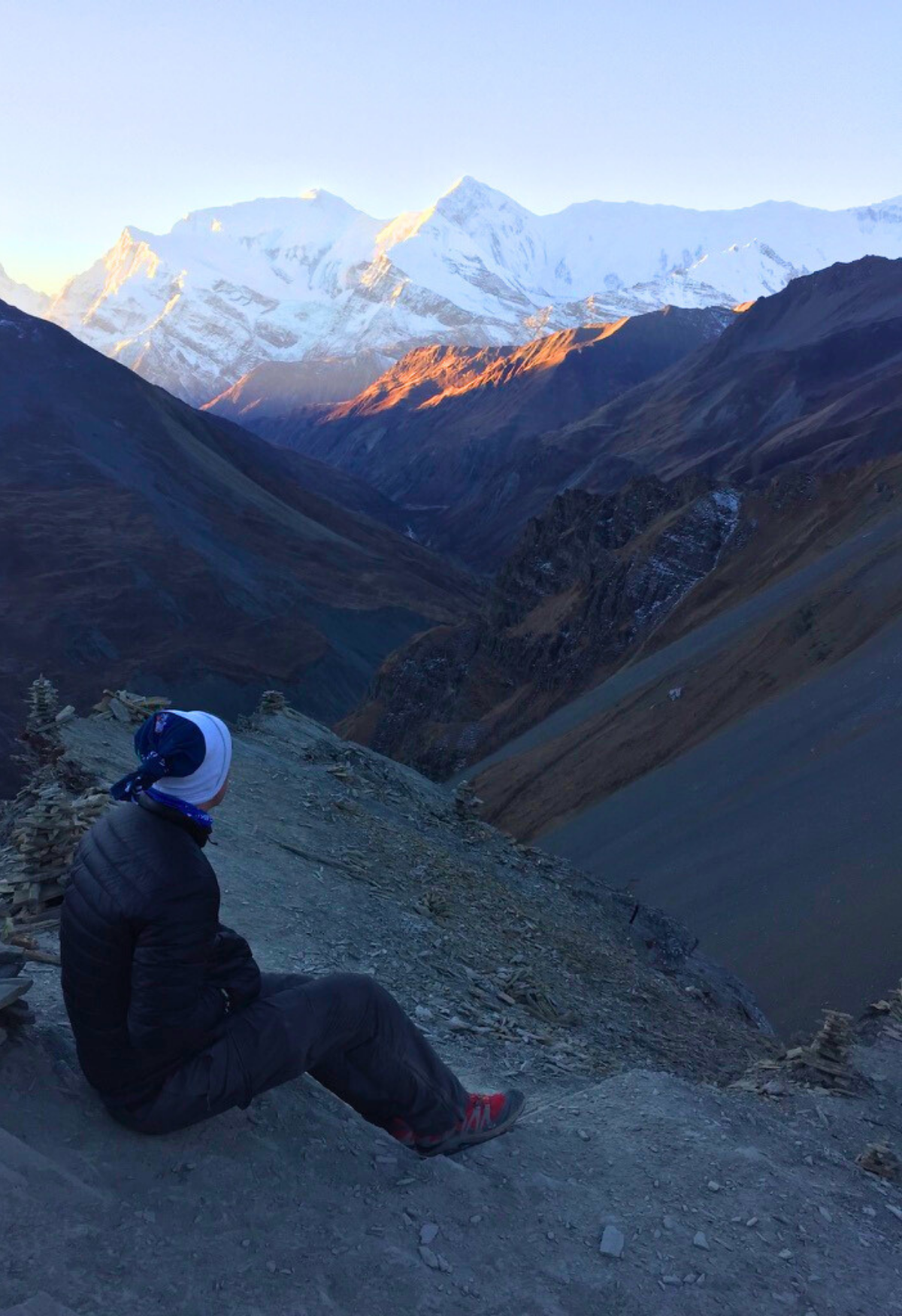
The Wayfarers Why
Writers Note: A Spiritual Journey
There are few places in the world that changed me the way Nepal did. The Himalayas aren’t just mountains, they’re a living sermon. Every gust of wind feels ancient, every prayer flag a whisper from someone who walked this path centuries before.
Most trekkers chase Mount Everest. I chased Annapurna instead and found something deeper. You walk through rice fields that rise into waterfalls, gorges that open onto high plateaus, past monasteries carved into cliffs and among four of the world’s highest peaks, before summiting Thorong La (5,415m), the highest mountain pass on earth.
Nepal is perfect for solo travel, but not for solitude. I started alone and ended up walking with twelve other solo seekers. We still talk today.
For the trek, you don’t need a guide, but it’s smart and easy to find trail partners along the way. Friendships are born over shared blisters and masala tea.
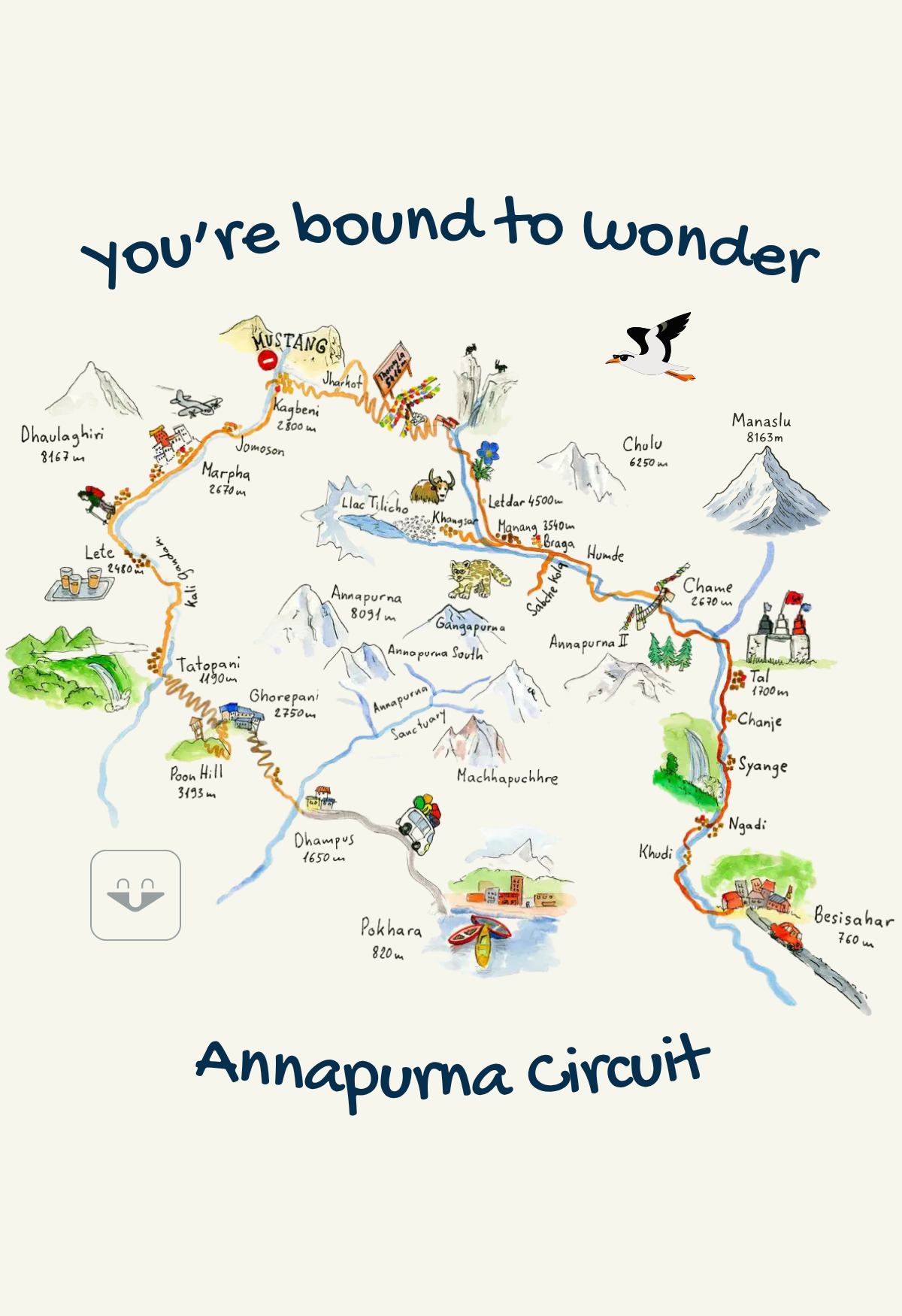
Route Details
Your Need To Knows
Duration: 10 – 18 days (10 minimum; up to 3 weeks if you linger)
Highest Point: Thorong La Pass (5,416m) — highest trekking pass on Earth
Major Surrounding Peaks: Annapurna I (8,091m), Annapurna II (7,937m), Dhaulagiri (8,167m), Manaslu (8,163m)
Best Seasons: March – May | October – November
Difficulty / Fitness: Moderate to Challenging. Expect long hiking days, altitude acclimatisation. No technical climbing experience required.
Permits Required: TIMS Card (Trekkers’ Information Management System) & ACAP (Annapurna Conservation Area Permit)
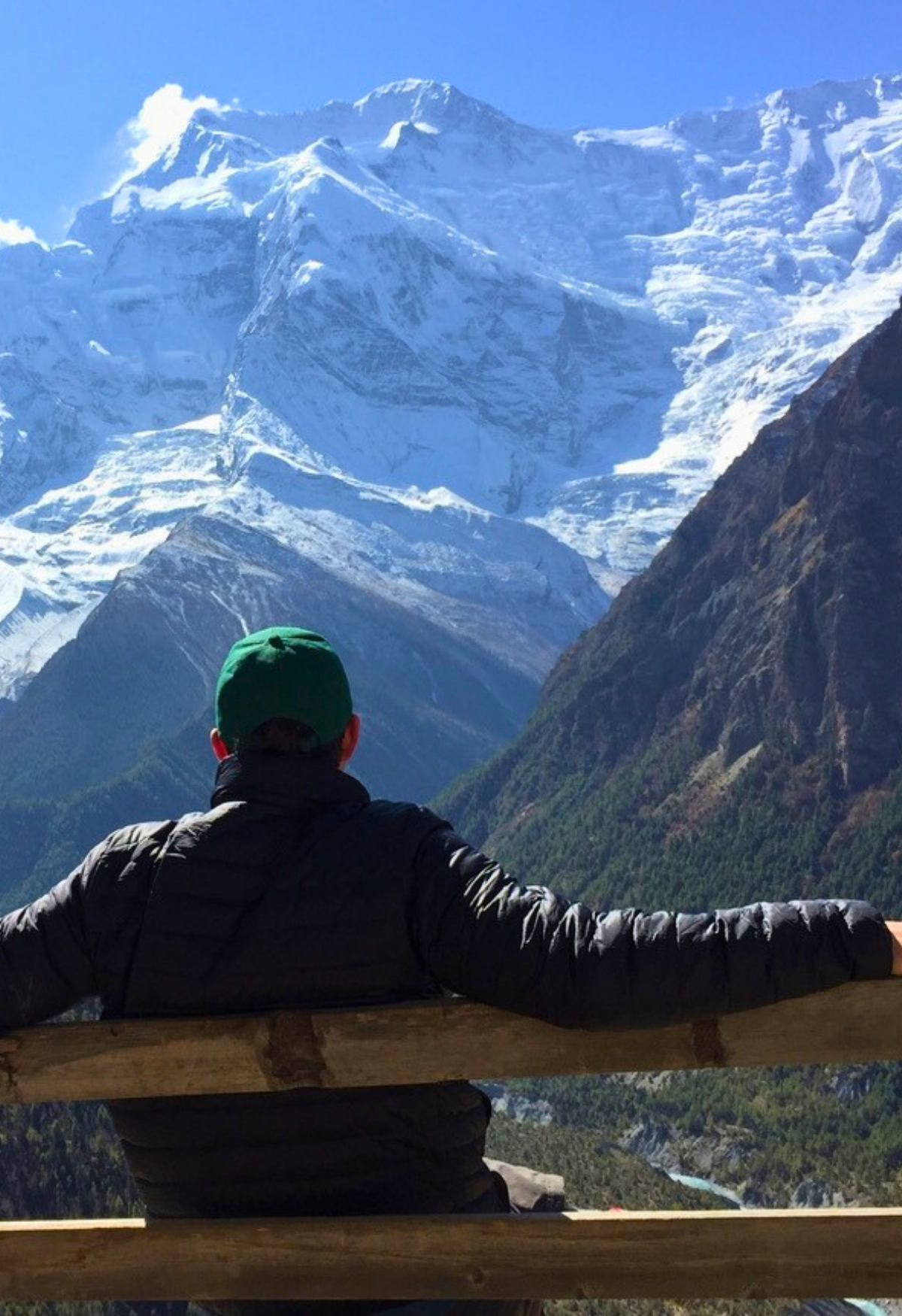
Trek Overview
The Circuit at a Glance
The Circuit circles the Annapurna Massif, with views of four Himalayan giants, all among the highest peaks on earth. The trail rises and falls through valleys and ridges before reaching Thorong La (5,416m), the highest trekking pass on Earth and the high point of the journey.
For this guide, I’ve divided the trek into broad stages based on geography, altitude and key trail villages. These aren’t strict stops, they’re reference points & way markers that naturally shape the trek.
Villages appear every few hours, each with tea houses offering a bed, a hot meal and a pot of masala tea. Walk until something feels right. If a place looks good, stay the night. That’s the beauty of Annapurna, you plan the outline, the trail fills in the rest.
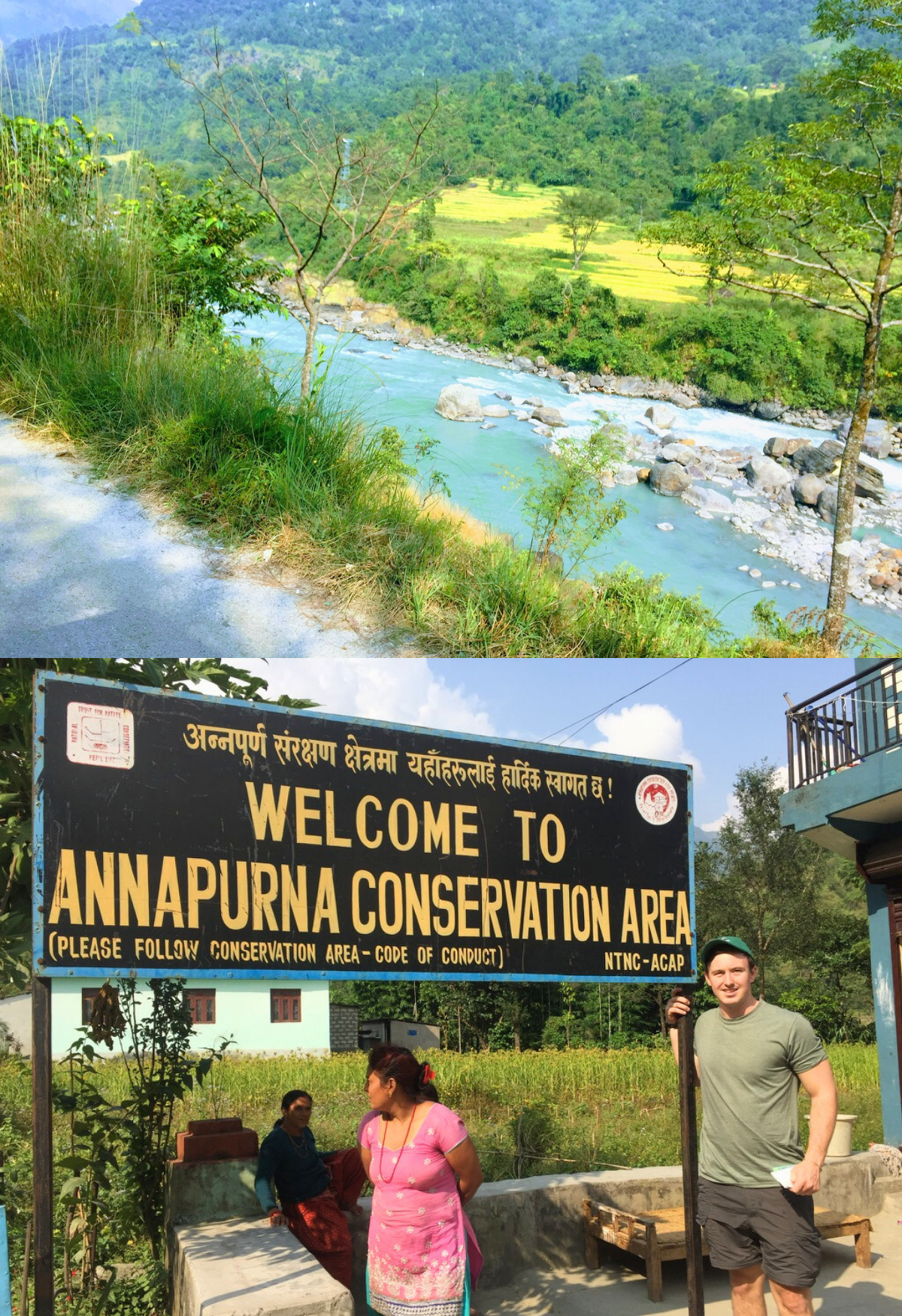
Before You Trek
Getting There & Getting Ready
Fly into Kathmandu, Nepal’s restless capital. The city is a jumble of temples, history and chaos.
Stay in Thamel the backpacker quarter, where ancient brick lanes meet trekking shops, cafés and karaoke bars. Spend a day or two to get sorted with gear & passes.
From here you can:
- Take a bus or jeep to Besi Sahar, the start of the trial.
- Or travel first to Pokhara, the lakeside town, to gear up and then head to Besi Sahar.
Wayfarer’s Tip: Begin in Pokhara if you can. Sort permits there, leave behind anything you won’t need and start light. When you return from the trek, your gear and a cold drink by the lake will be waiting.
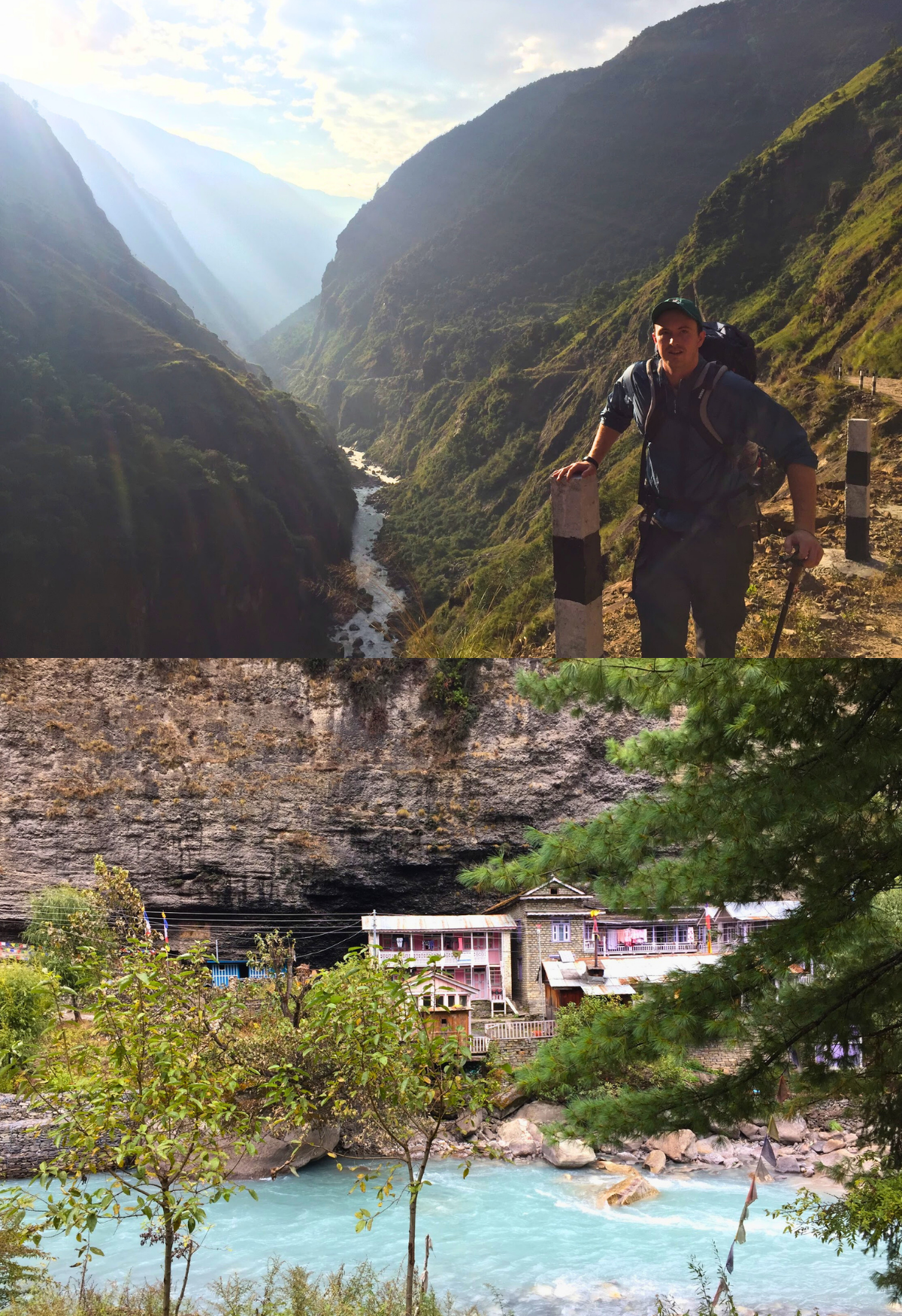
Days 1–4
Besi Sahar → Tal → Chame
Starting Point, Besi Sahar: The trail begins & follows the Marsyangdi Valley, winding past terraced fields. It’s an easy start. Two save a day or two, skip this section and Jeep to Bhulbhule, where the road gives way to true trail & the landscape opens into the kind of scenery that makes you slow down without trying.
By the time you reach Tal, the first village of Manang District, you’ve crossed suspension bridges over valleys, come across waterfalls & ridges that feel worlds apart from where you began.
Day 4: Tal → Chame: a long push with a 500m climb between Danaque and Timang. It’s one of the trek’s most scenic & tiring stretches. Take some extra days and stop in Timang, Koto, Dharapani. A few towns around Chame have hot springs!
From Dharapani, you’ll begin to see Manaslu. The worlds 8th highest peak.
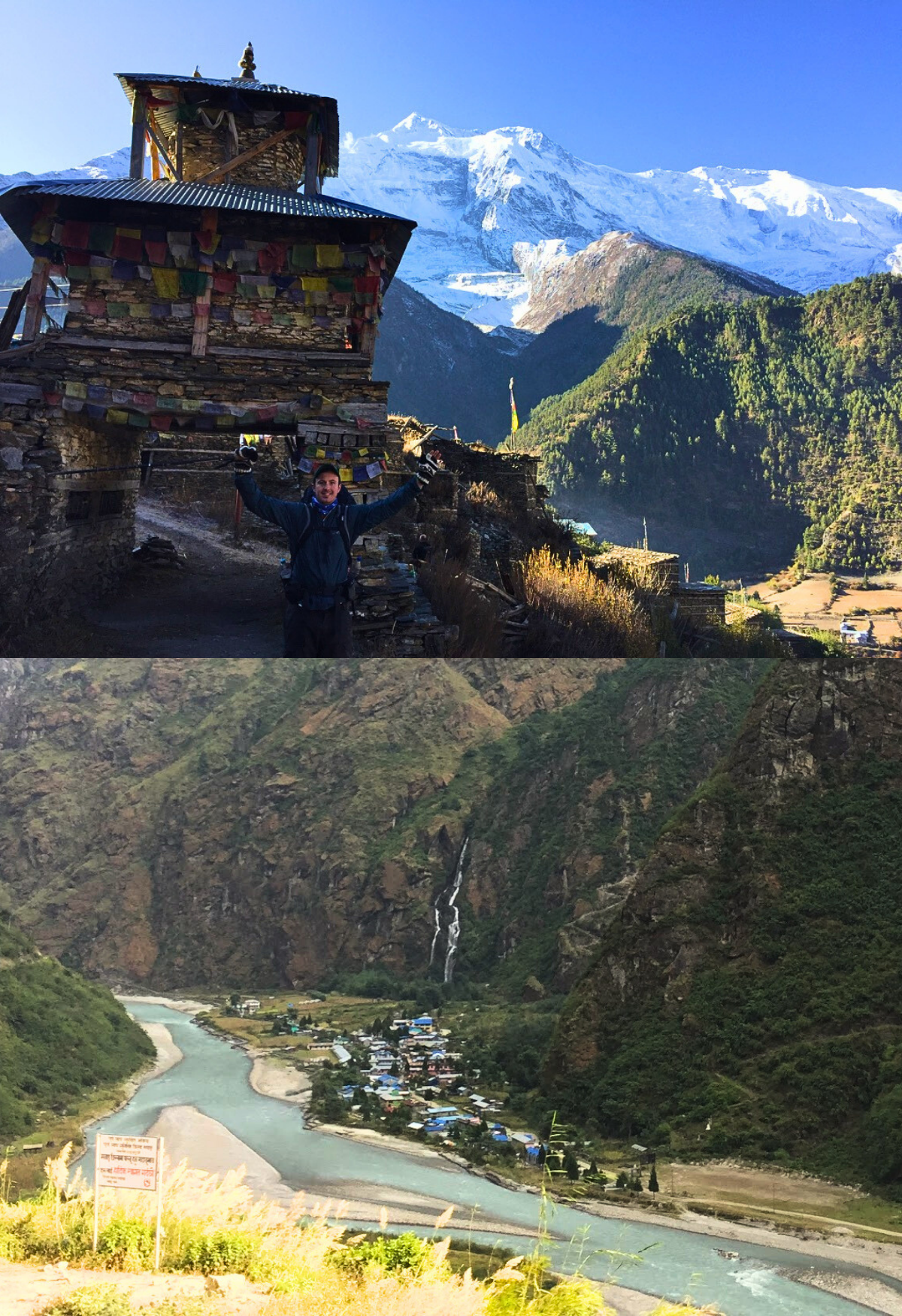
Days 5-6
Chame → Upper Pisang
The trees begin to thin, the ridges sharpen and the air grows colder. This is where you leave the lush valleys behind and step into high Himalayan terrain, a mix of alpine forest, rocky slopes and wind-carved cliffs.
The trail passes, stone chortens, and fluttering prayer wheels that spin softly in the mountain wind.
By the time you reach Upper Pisang, you’re no longer walking beside the mountains, you’re walking into them.
Altitude & Peaks: Upper Pisang sits beneath Annapurna II (7,937m) and Gangapurna (7,455m), snow filled peaks that fill the horizon.
Wayfarers Note: on’t stop in Lower Pisang, its tempting but push on to Upper Pisang, where the sunrise paints the peaks.
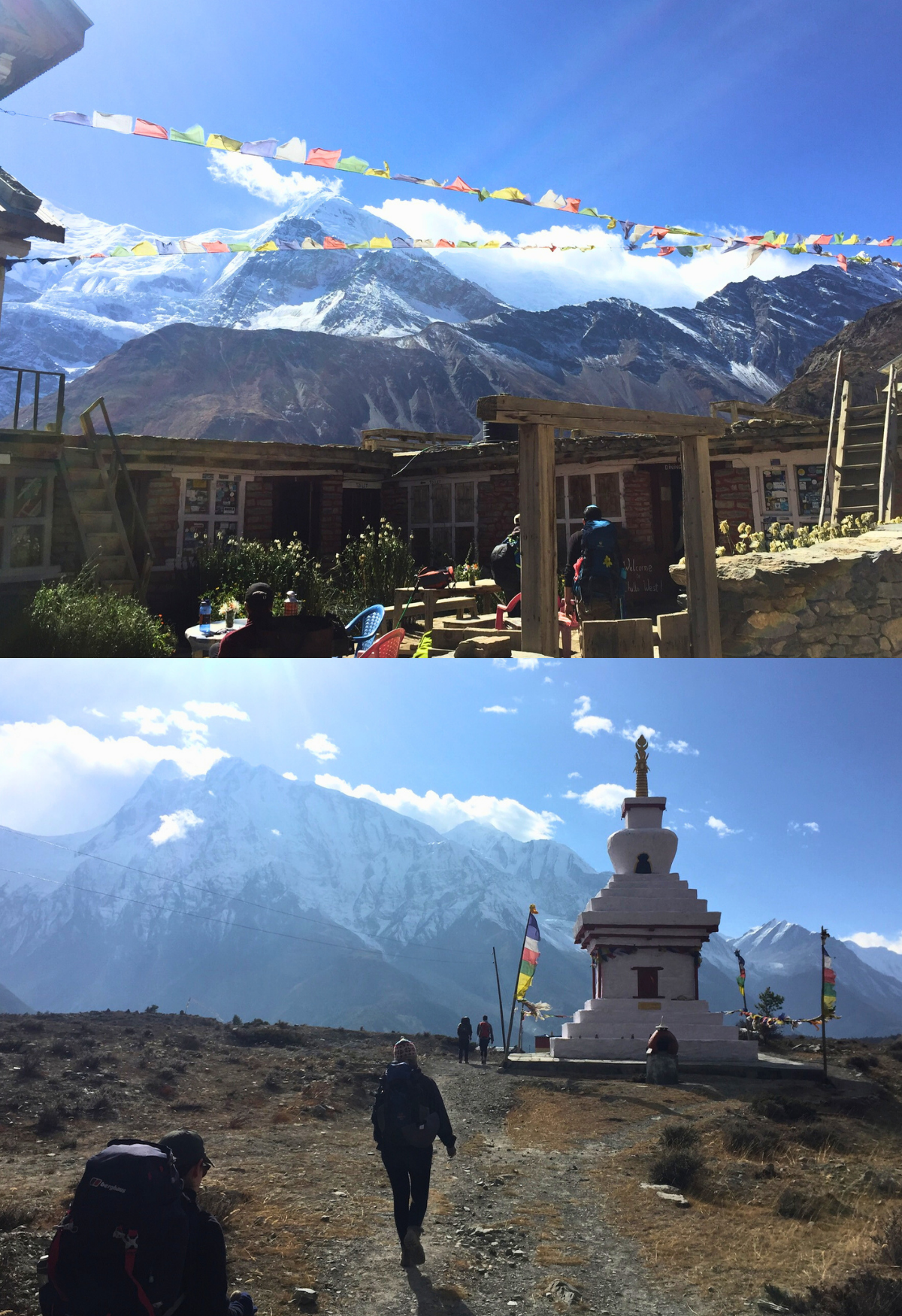
Days 7-9
Upper Pisang → Manang
Leaving Upper Pisang, the trail splits. Take the northern route via Ghyaru and Ngawal, it's higher and steeper but the views are unforgettable. The climb is tough, but it is your first true test of acclimatisation.
Meeting the Killer: Here you first meet Annapurna I (8,091 m), the world’s 10th highest peak only 757m lower than Everest. Yet it is widely regarded as the most dangerous mountain to summit.
Among all 8,000m giants, this peak is known as the killer. Its fatality rate has historically sat above thirty percent, meaning roughly one death for every three successful summits. In comparison, Everest claims about four in every hundred.
It's presence is all consuming. The clouds sit below it, the light breaks against it and the wind rises in its wake. It is not a view, it is a reckoning. In its presence, the noise within you falls away and what remains is the quiet understanding that you're not conquering the mountain, you're being measured by it.
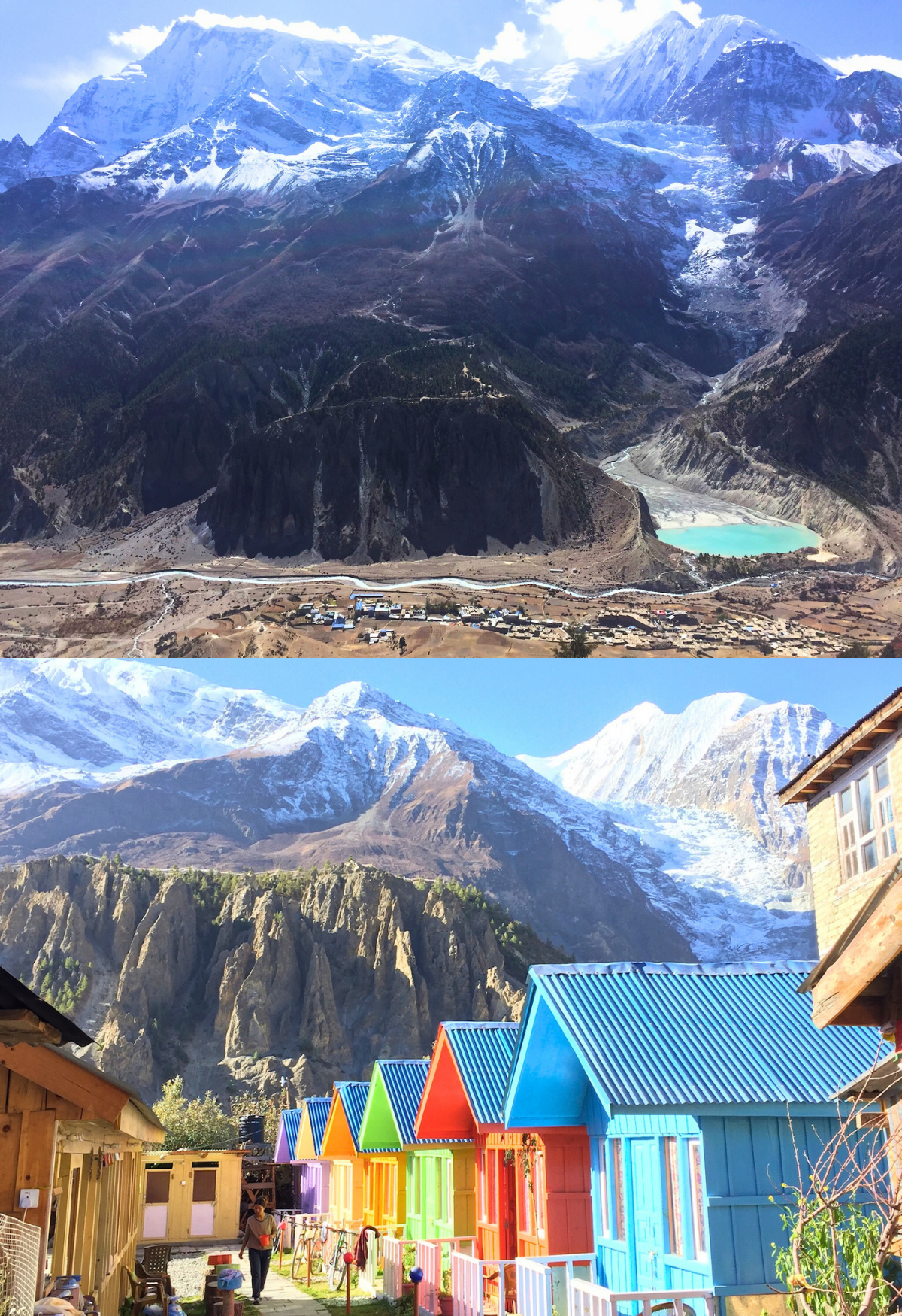
Days 10-11
Manang Rest & Acclimatisation
Manang is your high-altitude base, a larger mountain village. Spend at least a full day, ideally two, letting your body rest and adjust.
After days on the trail, the promise of Manang feels like a city on the hill. It isn’t, but it has its comforts: trekking shops for supplies, a pharmacy & even a small movie theatre if you can call it that. You have to spend one evening there watching Seven Years in Tibet, it’s almost a rite of passage, and it’s probably still playing.
Take a short acclimatisation hike up to the silent monk on the hill & receive a blessing for the pass ahead. Attend the free HRA safety lecture on mountain sickness and then settle into the rhythm of rest. Feet up, masala tea & book in hand.
Stay Ideas: There are plenty of teahouses here. The first one as you enter has a great view and reading room.
Wayfarers Note: Rest properly the handwork begins next.
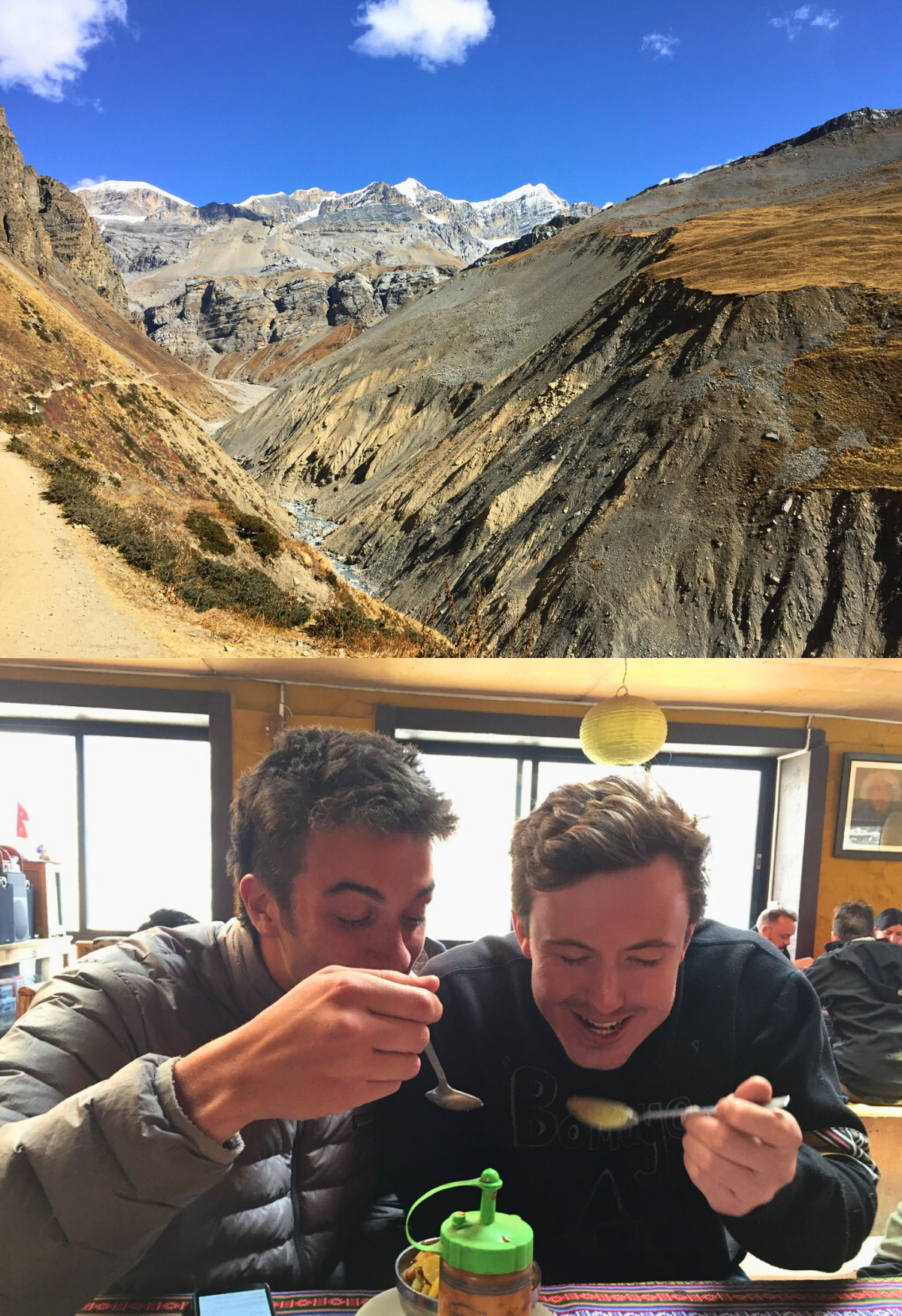
Days 12-13
Manang→ Yak Kharka → Thorong Phedi
As you start to climb toward the pass, the trail begins to change. There are fewer villages now, so your goal is to reach Yak Kharka and then Thorong Phedi. You can only ascend about 500m per day to stay safe. The landscape turns dry and desert-like & the nights fall faster.
Thorong Phedi means foot of the hill and that’s exactly where you are. At the base of Thorong La Pass. When There's only really one teahouse to stay. it was quite vibey, the owner plays the guitar and their is a real sense of excitement & anticipation for the big day ahead.
Wayfarers Note: This is your final stop before the pass. Rest, hydrate, and respect the mountain! You’ll leave at dawn, but only if the locals say it’s safe. In 2014, a sudden snowstorm here took more than forty lives, a reminder, not a warning. The pass is safe when respected. If it’s snowed, wait until the mule teams have cleared the way.

Day 14: Crossing The Pass
Thorong La Pass → Muktinath
Leave between 4am-5am. It takes around 5-6 hours to reach the pass and you still have a steep 1,600m descent into Muktinath. The climb is raw and exposed, not much survives up there.
Reaching The Summit: Thorong La Pass (5,416 m). You'll be standing on the highest mountain pass in the world, don't let that slip by. You’ll see the Annapurnas with Dhaulagiri (7th highest) rising beyond.
Take a photo beside the prayer-flag-covered sign. Up here, there’s no noise, no competition, just the quiet realisation that you’ve earned your place among the mountains.
Muktinath is sacred pilgrimage to both Hindus and Buddhists. Trekkers have to stay in Ranipauwa, just 10 minutes downhill. Accommodation fills quickly, ask trekkers going ahead to secure a room.
Wayfarers Note: This is the moment it all comes together, your Wayfarers Why. In Ranipauwa, celebrate the Nepali way..
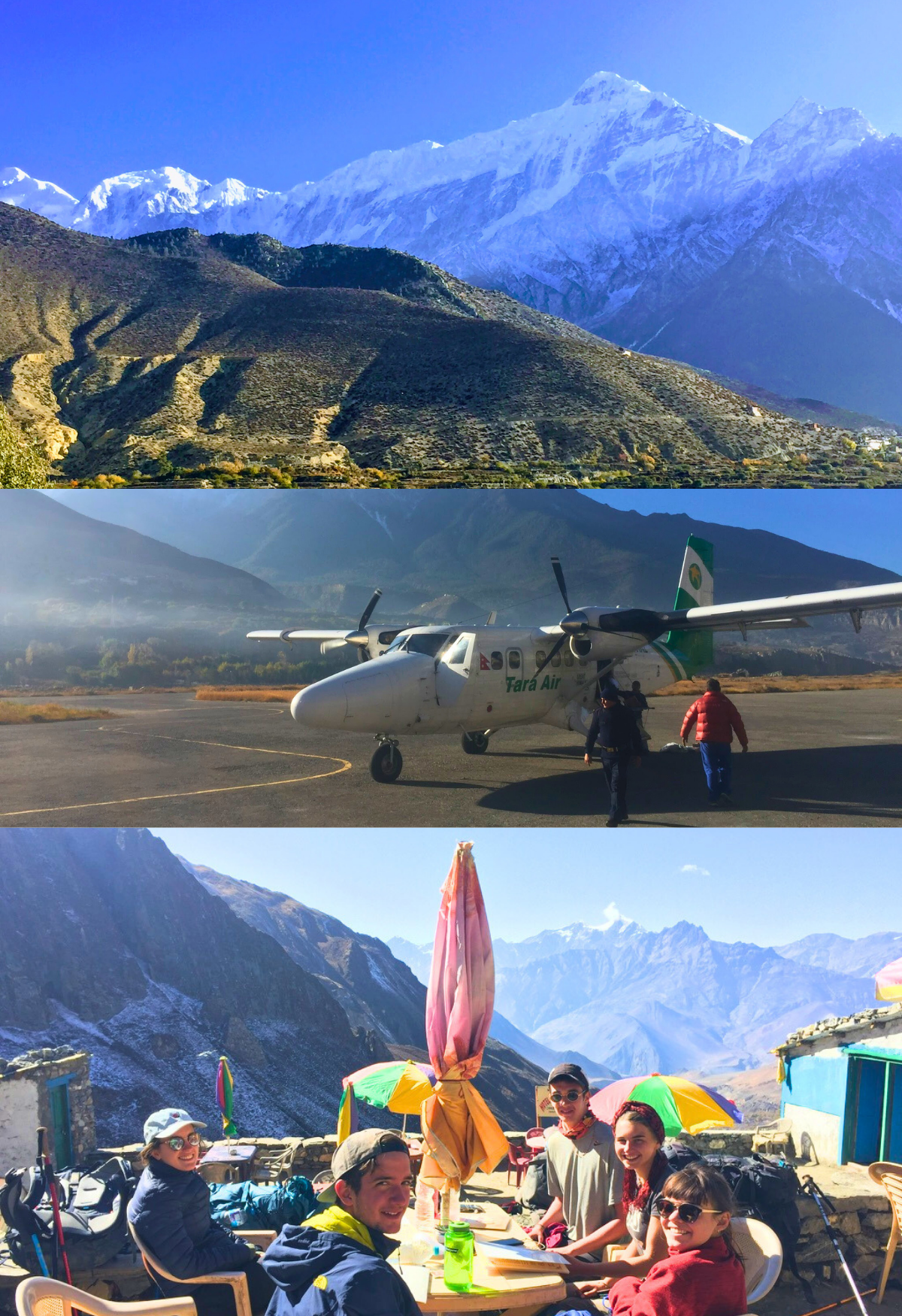
Day 15-16
Muktinath → Kagbeni → Jomsom
You’ll be tired but don’t end your trek here or rush for a bus or flight to Pokhara. Walk one last stretch descending into Kagbeni where you can enter the kingdom of Mustang.
Mustang & the Kali Gandaki
North of Kagbeni lies the ancient kingdom of Mustang. A land of red cliffs, cave monasteries and a culture deeply shaped by Tibetan heritage. Often called “The Last Forbidden Kingdom,” it remains a place seemingly untouched by time. To enter, you’ll need a Restricted Area Permit and a registered guide. No photo's are allowed.
Beyond Jomsom lies the Kali Gandaki Gorge, the deepest on earth. The Earthquake damaged this section so most trekkers finish at Jomson.
Wayfarers Note: From Jomsom, you can either fly or bus to Pokhara. The flight is unforgettable, a small twin-prop weaving through the valley with peaks rising on both sides. It’s only around 15 minutes but feels like a final gift from the mountains.
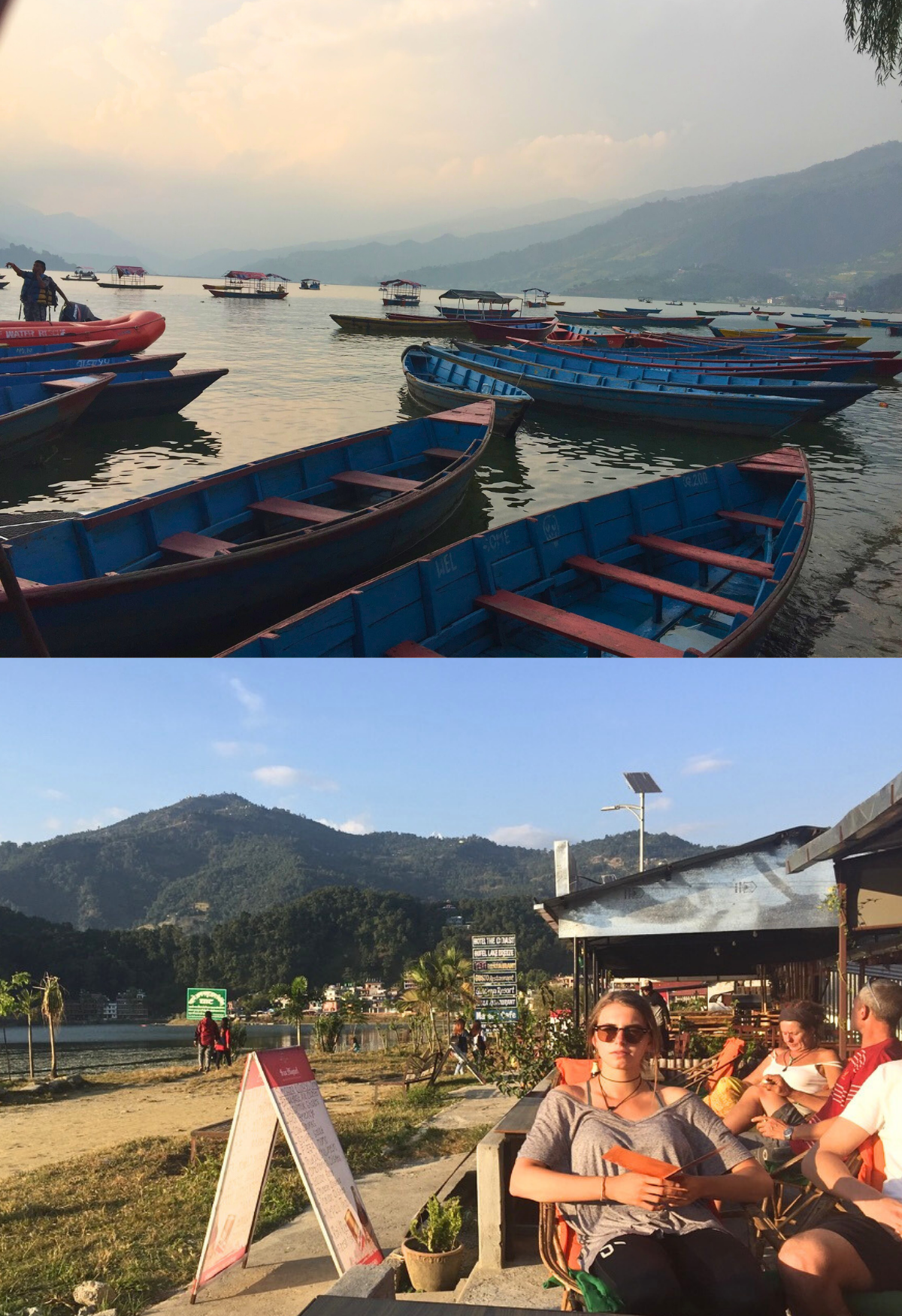
Rest & Revel
Pokhara: Where Trek Becomes Holiday
After the circuit, Pokhara feels like another world, calm water, cold beer & warm sun. It’s Nepal’s lakeside escape. I stayed a week here, splitting some R&R with a few nights out.
The Town: Pokhara rests beside Phewa Lake, the lakeside strip buzzes with cafés, bars, and music.
Where to Stay: Anywhere along the strip or just behind. Zostel Pokhara is a bit further north along the lake but it's a great spot to meet other travellers.
Things to Do: Catch a film under the stars at Movie Garden, rent a boat on the lake, or just sit at a café or bar and watch the paragliders, maybe even or paraglide yourself.
Wayfarers Note: Don’t rush to leave. Plan a few extra days here into your trip. It's where travellers swap hiking boots for sandals, the climb for a cold beer and the silence for music and conversation.
Our Vision For This Space
Here's What We're Thinking
We're not here to just blog about travel, we're here to build something.
Member-Led Energy
The Wayfarers Club only works if it feels real. We’re shaping a space that belongs to its members, where travellers, not admins, set the tone.
Please share your stories, your finds, your crew.
A Supporting Community
We’re all figuring it out, flights, visas, reward points, life. Let’s share advice and swap tips, not to network or sell, just because that’s what good travellers do.
Got a passion project or a food page, tell us. We’ll all follow, cheer you on, and keep it real
Meet in the Real World
We all know it’s harder these days to make and keep friends. Some of our our circles have moved abroad, and the rest are busy just getting by.
That’s why we want to bring people together again small. Small event meet-ups where you can share stories, swap tips and maybe even find someone to travel with?
Stories That Travel
A place where us Saffa's tell our travel stories, the ones that don’t make the glossy magazines, the ones where we get to complain about the Rand!
Because every journey deserves to be remembered somewhere.
Travel Together
Weekend escapes. Nomad retreats, the occasional flight somewhere wild.
A place to find other South Africans ready to make it happen, no awkward tour groups, no forced itineraries. Just the right mix of people and plans.
Help Shape What's Next
The Wayfarers Club is still new and that’s the best part. We’re figuring it out as we go, and there’s room for good ideas, useful skills, or people who just want to help build something real.
If you’ve got a thought, a story, or a way to add value, reach out at rowan@wayfareculture.co.za


Become an advocate!
We’ve made something for those who get it, the travellers, the dreamers, the ones still chasing. This isn’t about selling; it’s about growing the club and spreading the word. It's an outward reminder that you’re part of something that moves.
To help you carry the story further, we’re offering 30% off Wayfarers Club™ apparel. The bigger we get, the more affordable we can make our club apparel. Find your code in the welcome email.




